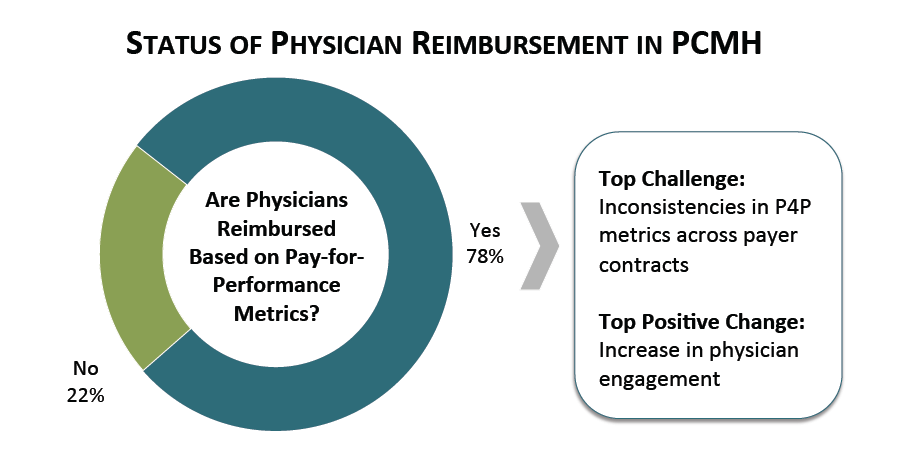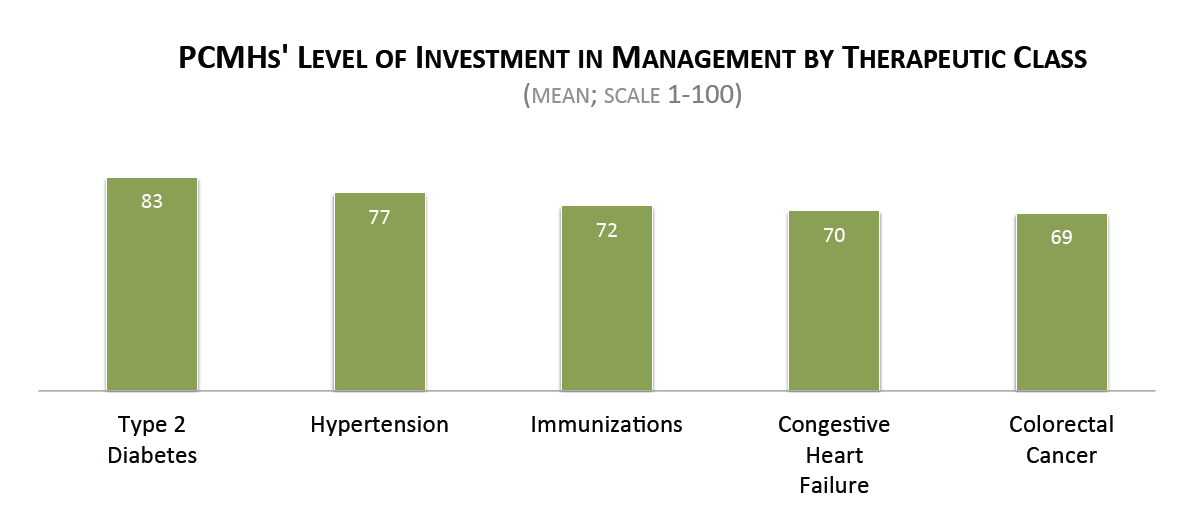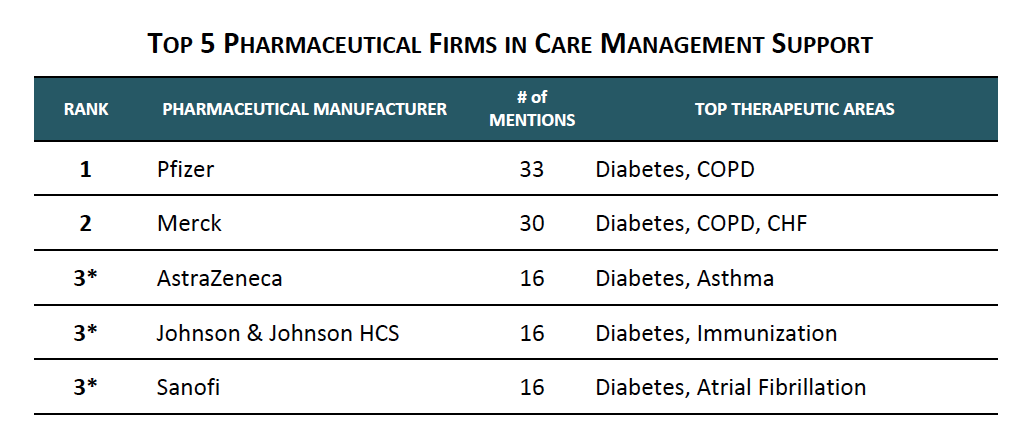Patient-Centered Medical Home: Trends in Reimbursement, Quality Measurement, and Care Management
Highlights of the report:
Download a PDF of these Highlights
Health care providers continue to change their businesses to align with value-based reimbursement and patient-centered care models, driven both at the public and private level. HIRC's report, Patient-Centered Medical Home: Trends in Reimbursement, Quality Measurement, and Care Management, examines physician reimbursement, priority therapeutic areas, and manufacturer engagement to date. The report addresses the following questions:
- How has the market landscape evolved with regards to PCMH initiatives and what is the status of provider reimbursement?
- Which PCMH components are most critical to achieving success?
- Which disease states are of highest priority for PCMHs to manage? What activities do PCMHs engage in to enhance quality and patient outcomes?
- What is the status of PCMHs' activity in standardization of care and prescription medication management?
- Which manufacturers have most effectively engaged the PCMH segment? What opportunities exist for partnership?
Key Finding: As provider accountability increases, PCMHs continue to engage in activity aimed at improving quality and reducing costs. A number of opportunities exist for manufacturers to meaningfully engage in PCMHs' population management efforts.
78% of PCMHs Report that Physicians are Reimbursed on Pay-for-Peformance Metrics. Several payers are engaged in PCMH pilots and programs, each with their own approach to provider reimbursement. Nearly 80% of HIRC's panel reported that physicians are reimbursed based on pay-for-performance measures. Panelists' experiences in transitioning to value-based reimbursement vary, citing their top challenge as inconsistencies in payer metrics and their top positive outcome as increased physician engagement.

"The primary care physicians have to improve their quality metrics in order to get a portion of the compensation. It definitely gets their attention. They ask for the data regularly that tells them how they are doing."
The full report examines the metrics most commonly driving physician reimbursement and practices' standardization of care and prescription medication management activities in response to increased accountability.
PCMHs Invest Most in Managing Patients with Type 2 Diabetes and Hypertension. Patient-centered medical homes are heavily engaged in disease states associated with quality metrics and high costs. PCMHs perceive their highest investment in common chronic disease states such as diabetes, hypertension, and congestive heart failure. Preventative care, such as immunization and cancer screening initiatives, are also high priority for patient-centered medical homes to address.

The full report provides the full listing of 25+ disease states ranked by level of priority and discusses PCMH approaches to care management and quality improvement.
Merck and Pfizer Lead in Care Management Support for Patient-Centered Medical Homes. PCMHs report steady contact from pharmaceutical manufacturer sales representatives and account managers. Overall, HIRC's panel reported over 200 care management support collaborations with over 20 manufacturers, most often in diabetes and COPD/asthma. Pfizer leads in the number of care management program collaborations with PCMHs, followed by Merck.

The full report provides the complete listing of manufacturers providing care management support to PCMHs as well as benchmark ratings of 25 manufacturers engaging the market segment.
Research Methodology and Report Availability. In September, HIRC surveyed 18 executives representing patient-centered medical homes. Online surveys and follow-up telephone interviews were used to gather information. The Patient-Centered Medical Home: Trends in Reimbursement, Quality Measurement, and Care Management report is part of the Quality of Care: Models and Metrics Service, and is now available to subscribers at www.hirc.com/qcmm.
Download a PDF of these Highlights
Download Full Report (Subscribers only) >

